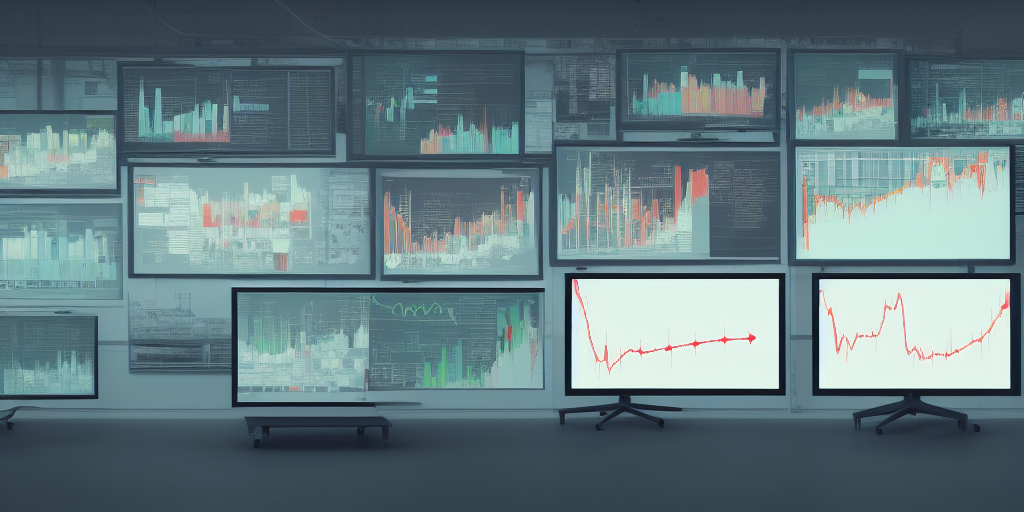What is Geometric Deep Learning?
Geometric deep learning is a type of machine learning that is based on geometric data, such as images, 3D models, and point clouds. It is a relatively new field that is growing rapidly due to the increasing amount of data that is available in these formats. Geometric deep learning is a branch of machine learning that deals with the analysis of geometric data, such as images, 3D shapes, and graphs. It is based on the idea that the underlying structure of data can be captured by a set of geometric objects, such as points, lines, or curves. The goal of geometric deep learning is to learn a representation of data that can be used for various tasks, such as classification, regression, and clustering. The future of geometric deep learning is to continue to develop ways to learn from non–Euclidean data, such as data that lies on a sphere or a hyperbolic space. Additionally, researchers will continue to explore ways to improve the computational efficiency of geometric deep learning algorithms.
ML | Machine Learning
Machine learning is a method of data analysis that automates analytical model building. It is a branch of artificial intelligence based on the idea that systems can learn from data, identify patterns and make decisions with minimal human intervention. Machine learning algorithms are used in a wide variety of applications, including email filtering, detection of network intruders, and computer vision.
High-Dimensional Learning
High–dimensional learning is a term used in machine learning to describe the process of learning from data that has a high number of features, or dimensions. This is typically done using a technique called feature selection, which is the process of selecting a subset of the features that are most relevant to the task at hand. Feature selection can be done manually, but it is often done automatically by machine learning algorithms. High–dimensional learning is important because it allows machine learning algorithms to learn from data with a large number of features, which is often the case in real–world data sets. It also allows the algorithms to generalize better to new data sets, since they will have seen a larger number of different features during training. There are a few challenges that must be overcome when doing high–dimensional learning. First, the search space of possible feature subsets grows exponentially with the number of features, so it is often infeasible to exhaustively search for the best feature subset. Second, many machine learning algorithms do not scale well to high–dimensional data sets, so it is often necessary to use algorithms that have been specifically designed for high–dimensional data. Finally, it is often difficult to interpret the results of high–dimensional learning, since the learned model may be very complex and hard to understand.
The Curse of Dimensionality
The curse of dimensionality is a term used to describe the phenomenon whereby high–dimensional data is more difficult to process and analyze than low–dimensional data. The curse of dimensionality is often cited as a reason why machine learning models struggle to generalize from high–dimensional data.

